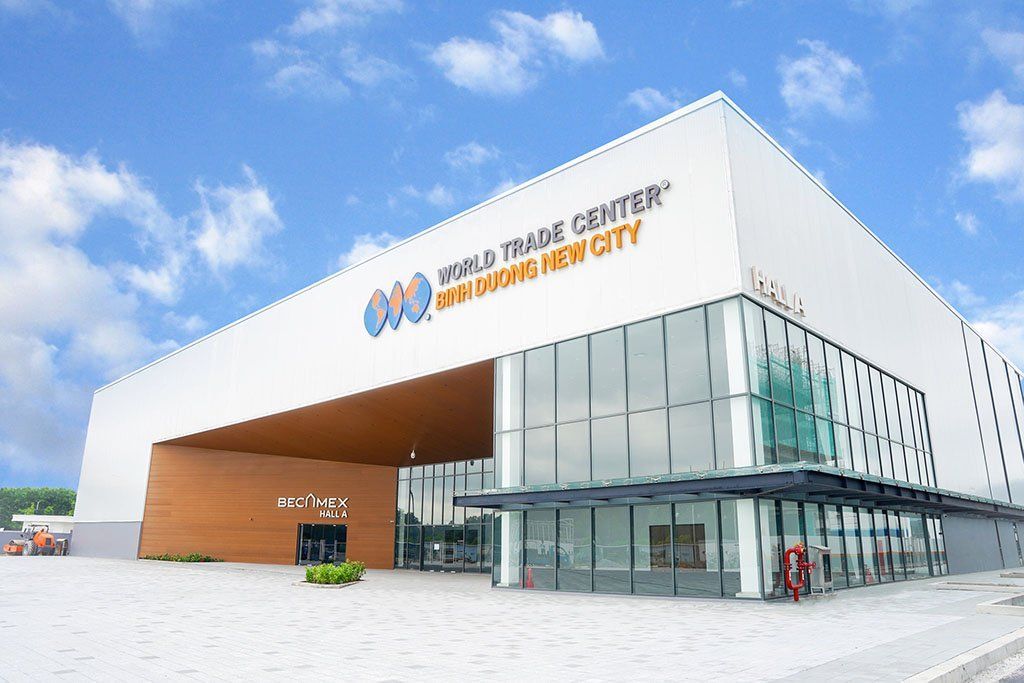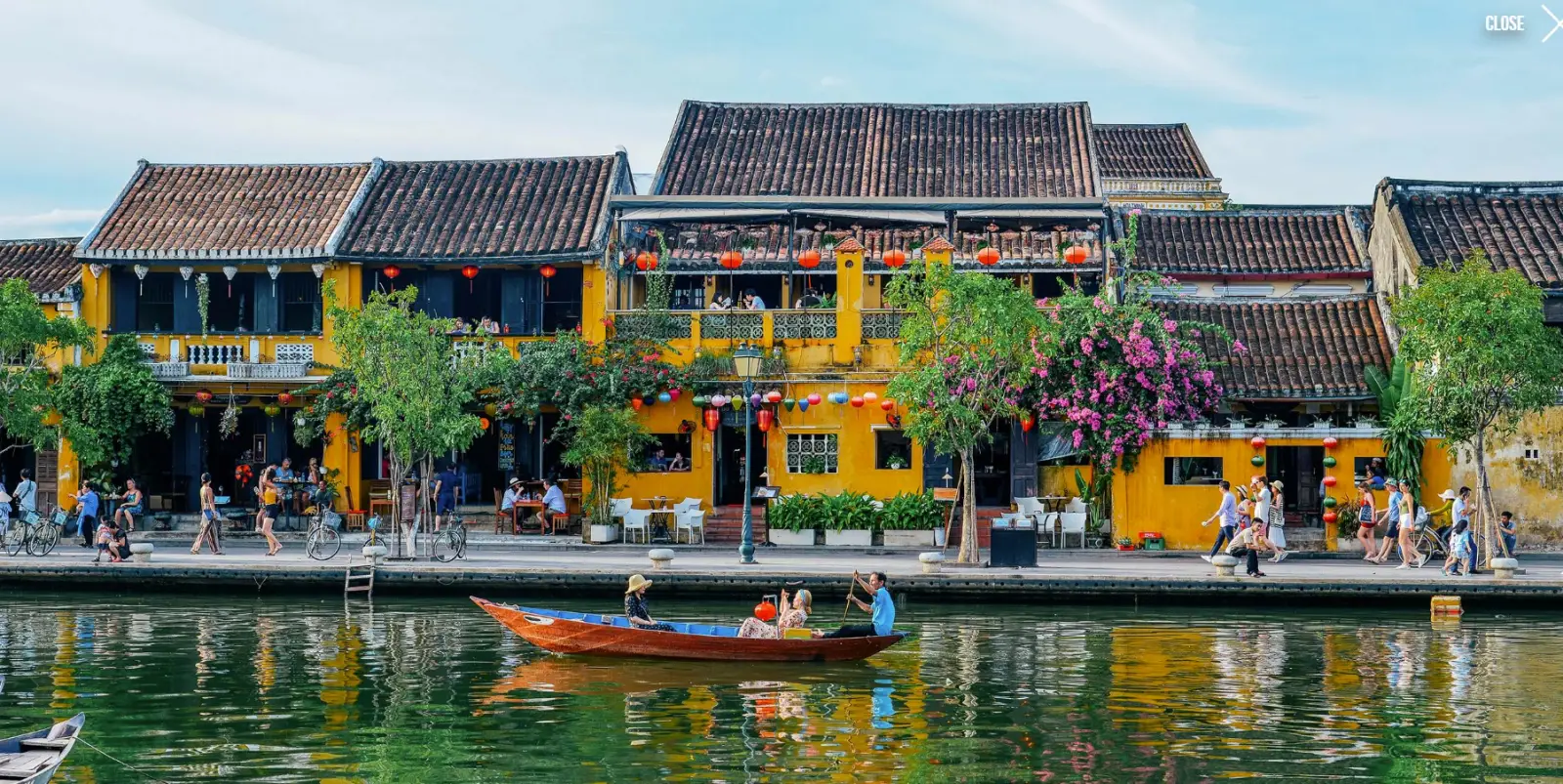Recent data from the General Statistics Office reveals that South Korea remains the largest source of tourists to Vietnam, a trend that underscores the evolving dynamics of international travel in Southeast Asia.
In a year marked by a gradual recovery from the pandemic, Vietnam has seen a significant influx of tourists, with South Korea leading the pack with 3.6 million visitors.
This influx of South Korean tourists is followed by mainland China, contributing 1.7 million visitors, and Taiwan, with 851,000 tourists. The United States and Japan also feature prominently in the statistics, bringing in 717,000 and 589,000 visitors, respectively. These figures highlight the diverse origins of tourists visiting Vietnam, reflecting its appeal across different regions.
The list of top ten source countries for Vietnam’s tourism sector is rounded off with Thailand (489,000), Malaysia (470,000), Cambodia (402,000), India (392,000), and Australia (390,000). This diverse mix of countries showcases Vietnam’s growing appeal as a global tourist destination.
December alone saw a remarkable surge in tourism, with 1.4 million arrivals, the highest monthly number since Vietnam reopened its borders post-Covid in March of the previous year. This surge is a positive indicator of the country’s tourism sector bouncing back strongly.
However, despite surpassing the initial target of 8 million foreign tourists set earlier this year, Vietnam’s numbers still lag behind other Southeast Asian countries. For comparison, Thailand welcomed 27.25 million foreign tourists from January 1 to December 24 and is targeting 28 million for the full year, according to its tourism ministry. Similarly, Malaysia reported over 26 million tourist arrivals as of late November.
The competitive landscape in Southeast Asian tourism is rapidly evolving, with countries like Thailand and Malaysia waiving visas for Chinese and Indian tourists to speed up recovery. Indonesia is also considering granting visa-free entry to nationals of 20 countries, including China, while Singapore plans a 30-day mutual visa exemption for Chinese tourists early next year.
Despite achieving all its targets, 2023 was not seen as a particularly successful year for Vietnam’s tourism industry. The sector, including hospitality and travel businesses, faced numerous challenges in its recovery phase.
Interestingly, this year also saw a significant outbound tourism trend from Vietnam, with five million Vietnamese traveling abroad, doubling the number from last year. Thailand, South Korea, and Japan emerged as the most favored destinations for these Vietnamese travelers.
The statistics and trends paint a complex picture of Vietnam’s tourism industry. While the country is making strides in attracting international visitors, there is a clear indication that it is still catching up with its regional counterparts in terms of overall tourist numbers. The increase in outbound tourism from Vietnam also suggests a growing interest in international travel among Vietnamese citizens, which could have implications for the country’s domestic tourism industry.
The visitor statistics in Vietnam, with South Korea leading the way, reflect a tourism sector that is not only recovering but also evolving in the face of global travel trends. As Vietnam continues to adapt and enhance its tourism offerings, it remains an important player in the competitive Southeast Asian tourism market.












